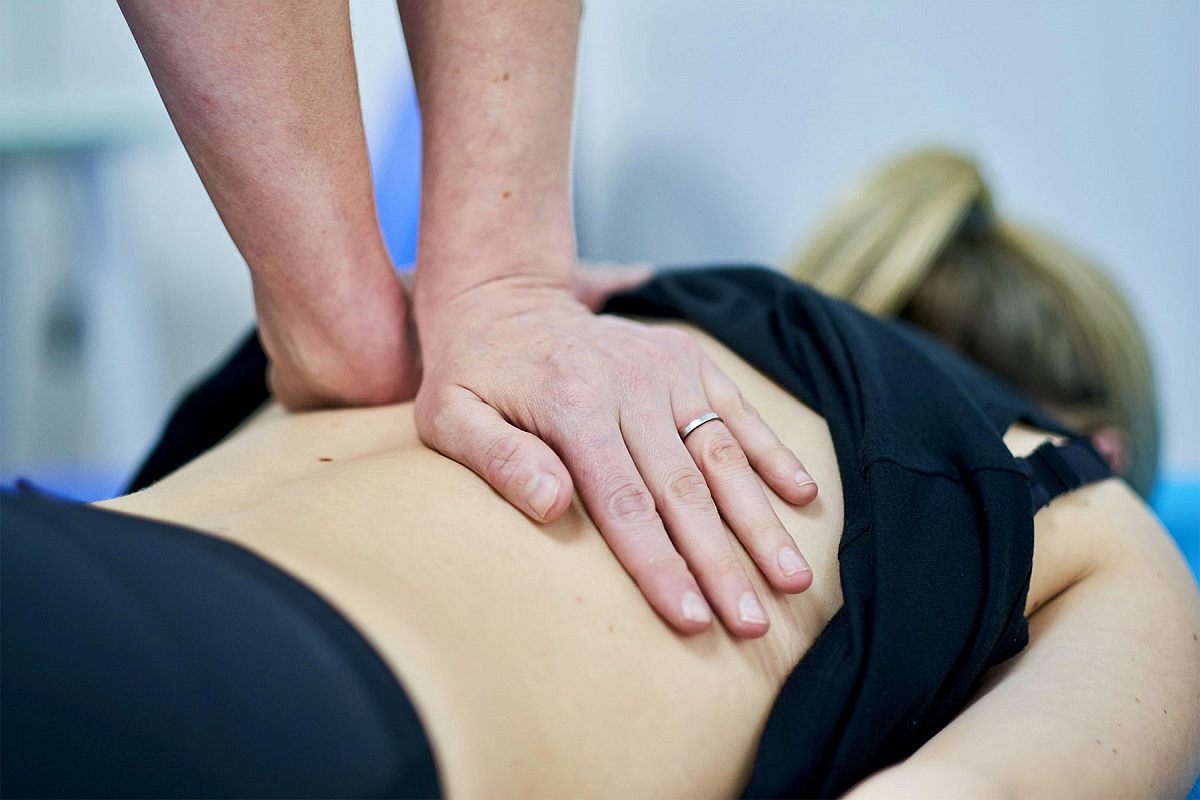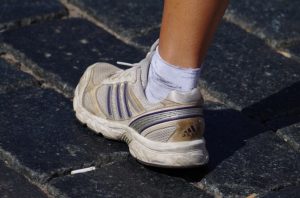The First Line of Defense Takes a Back Seat to Painkillers for LBP
While low back pain (LBP) continues to be the leading cause of disability across the globe, its treatment modalities have recently seen a significant change regarding their prescribed order. Unfortunately, this is not a change for the better.

According to a study recently published in Spine, physical therapy—a well-established staple for managing LBP—seems to have taken a new place in linebehind opioid prescription, especially among patients receiving Medicaid and Medicare benefits.
The study analyzed data from 170 million visits to primary care physicians from 1997 to 2010. During that time, the referral rate for physical therapy remained fairly steady at 10.1 percent. However, opioid prescriptions skyrocketed from15 percent for all LBP visits in 1997 to an astounding 45 percent in 2010.In addition:
- Patients with preferred provider organization (PPO) plans were 53 percent more likely to receive treatment from a physical therapist (PT)
- Patients in health maintenance organizations(HMOs)were 44.7 percent more likely to be referred for physical therapy
- Medicare beneficiaries were 53 percent less likely to be referred to a PT
- Medicaid beneficiaries were 47 percent less likely to be referred for physical therapy
What are the implications of this?
The findings are concerning, to say the least. It seems that there is a good chance that those not referred to physical therapy will be given an opioid prescription instead. This disturbing upward trend in prescribing opioids for LBP suggests that:
- The current opioid epidemic in America will only continue to worsen over time (about 2 million Americans are addicted to prescribed pain relievers)
- It’s simply easier and more cost-effective to medicate a problem rather than physically manage it
- There are economic factors involvedas the quality of coverage dictates the likelihood of being referred to a PT
Why is physical therapy a good choice as a first-line defense for LBP?
Especially in comparison to prescribing opioids, the benefits of physical therapy can be understood with the adage:Give a man a fish, and he eats for a day. Teach a man to fish, and he eats for a lifetime.
The true beauty of utilizing physical therapy to manage LBP and similar conditions is that patients learnthe tools they need to manage the pain on their own. This includes an exercise regimen that:
- Incorporates aerobic conditioning for long-term pain reduction
- Strengthens the back muscles to help reinforce the body’s core
- Stretches the back and associated muscles for flexibility
In addition, physical therapy is anoninvasive, nonsurgical and nonnarcotic treatment modality that any able-bodied patient can perform with no side effects (… unless sore muscles count).
While physical therapy is the obvious choice in terms of first-line treatment, more needs to be explored—outside of the aforementioned speculation—about why opioids have taken its place in the treatment hierarchy.



Leave a Reply